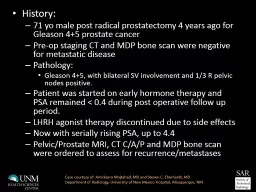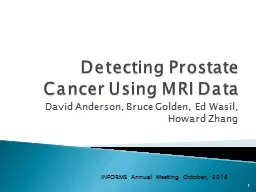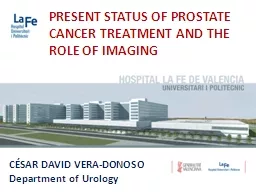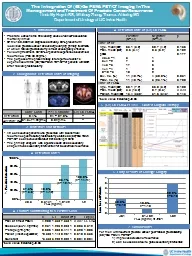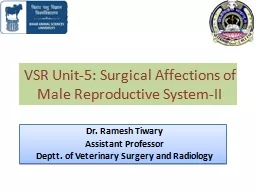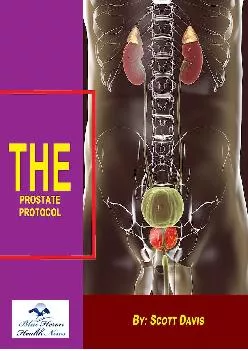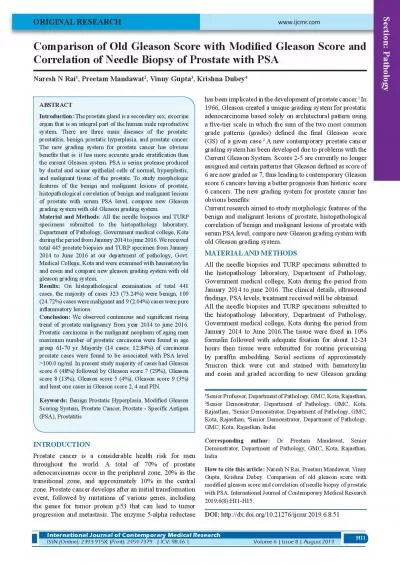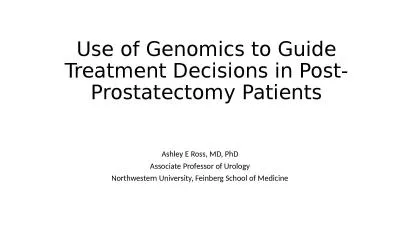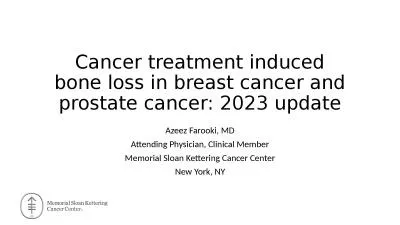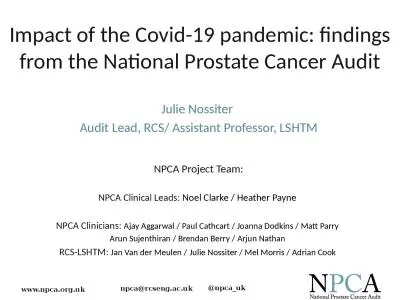PPT-History: 71 yo male post radical prostatectomy 4 years ago for Gleason 4+5 prostate
Author : laxreffa | Published Date : 2020-06-17
Preop staging CT and MDP bone scan were negative for metastatic disease Pathology Gleason 45 with bilateral SV involvement and 13 R pelvic nodes positive Patient
Presentation Embed Code
Download Presentation
Download Presentation The PPT/PDF document "History: 71 yo male post radical pros..." is the property of its rightful owner. Permission is granted to download and print the materials on this website for personal, non-commercial use only, and to display it on your personal computer provided you do not modify the materials and that you retain all copyright notices contained in the materials. By downloading content from our website, you accept the terms of this agreement.
History: 71 yo male post radical prostatectomy 4 years ago for Gleason 4+5 prostate: Transcript
Download Rules Of Document
"History: 71 yo male post radical prostatectomy 4 years ago for Gleason 4+5 prostate"The content belongs to its owner. You may download and print it for personal use, without modification, and keep all copyright notices. By downloading, you agree to these terms.
Related Documents

